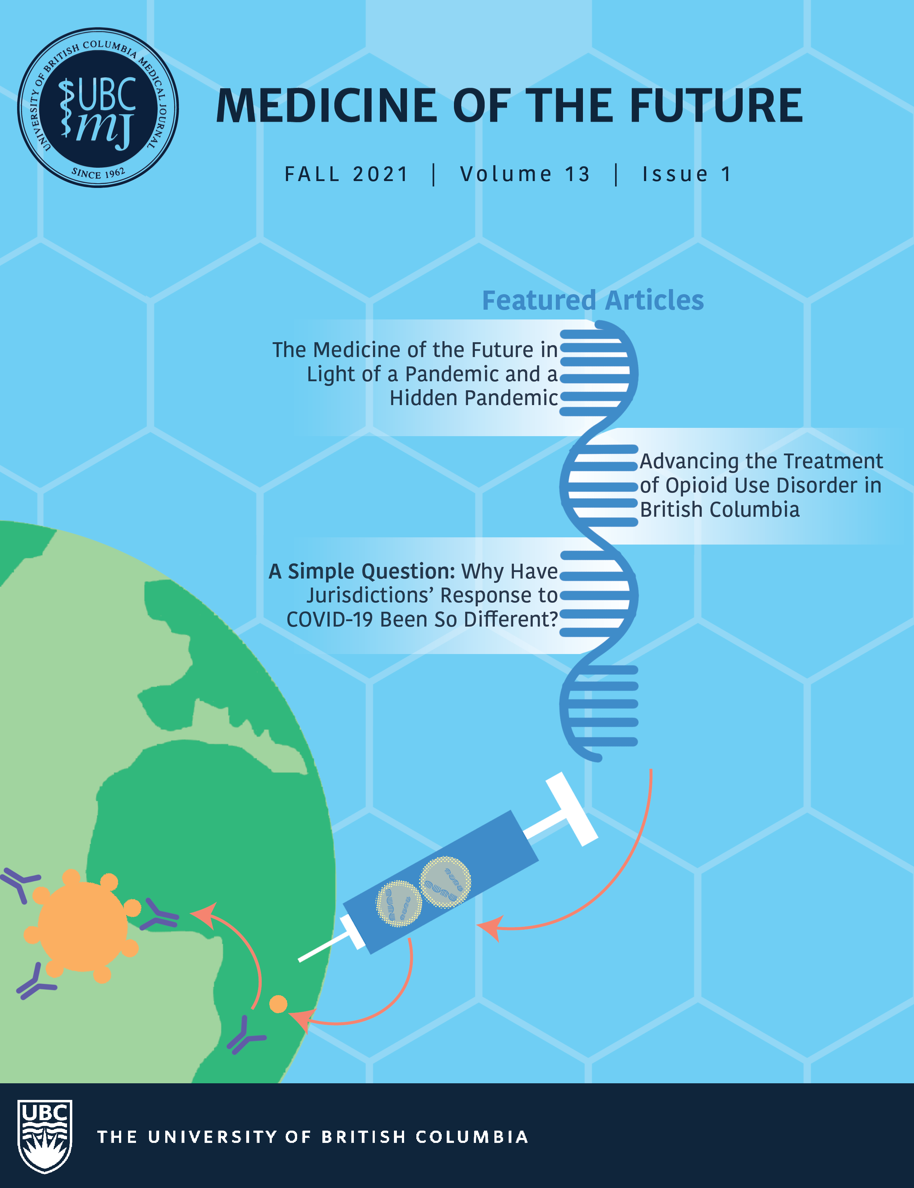Antihypertensive therapy in acute ischemic stroke
Abstract
Ischemic stroke causes an acute hypertensive response in 60–80% of patients and is independently associated with poorer functional outcome. Despite the many advances in acute ischemic stroke (AIS) management, the use of antihypertensive therapy remains a controversial topic lacking consensus in several clinical settings. The use of antihypertensive agents and approach to blood pressure (BP) management will be discussed in the context of patients who are ineligible for acute reperfusion therapies and patients eligible for thrombolytic and endovascular reperfusion therapies. Consensus guidelines recommend active treatment for BP greater than 220 mmHg systolic, or 120 mmHg diastolic, unless the patient receives a thrombolytic in which case BP must be maintained below 185/110 mmHg. For endovascular therapy, it is recommended to reduce SBP to 140–180 mmHg. Intravenous labetalol and dihydropyridine calcium channel blockers (nicardipine and clevidipine) are good choices for therapy as they result in less BP variability, resulting in better outcomes.

